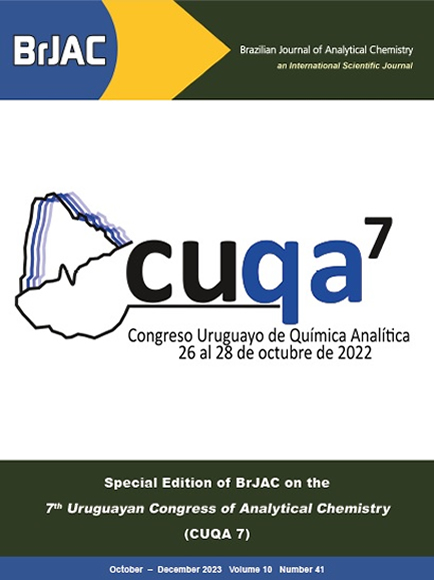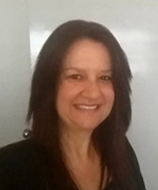
Volume: 10
Issue: 41
Contents:
This is a Special Edition on the 7th Uruguayan Congress of Analytical Chemistry (CUQA 7). This issue contains an Interview with Dr. Manuel Miró from the University of the Balearic Islands (Spain), a Point of View written by Dr. Mariela Pistón from Universidad de la República (Uruguay), and a Letter authored by Dr. Ignacio Machado from Universidad de la República (Uruguay). This special edition also features four Articles and two Technical Notes authored by some of the CUQA–7 participants. In addition, the reader will find features on scientific meetings, sponsor reports & releases, book notices and a calendar of events.
































